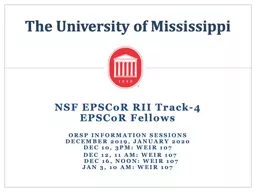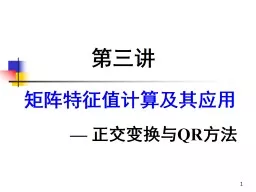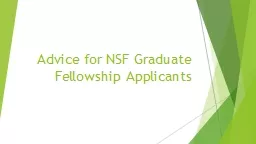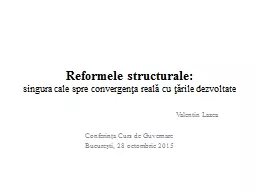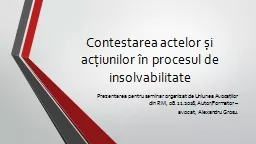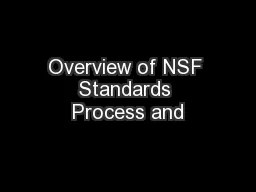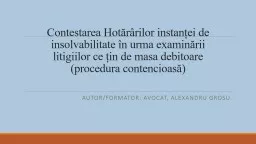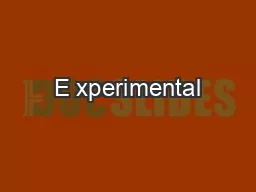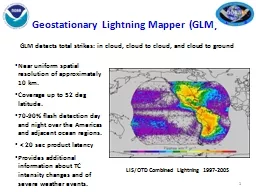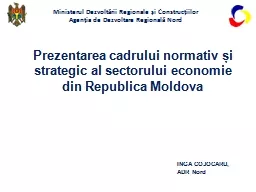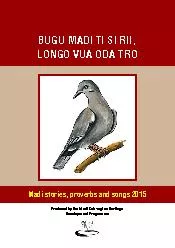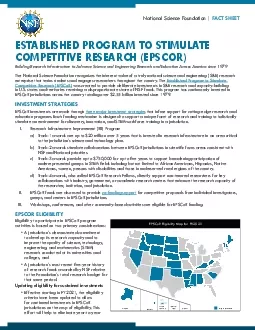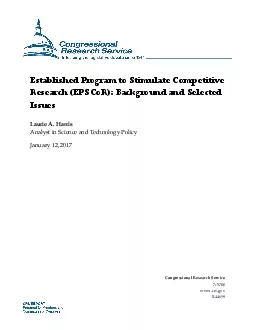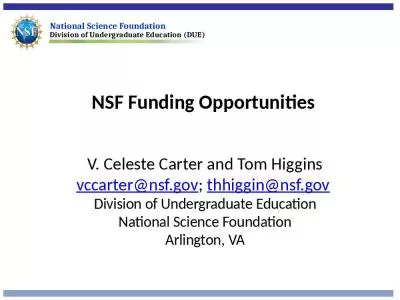PPT-NSF EPSCoR RII Track-4
Author : startse | Published Date : 2020-07-02
EPSCoR Fellows ORSP Information Sessions December 2019 January 2020 Dec 10 3pM Weir 107 Dec 12 11 am Weir 107 Dec 16 noon Weir 107 Jan 3 10 am Weir 107 The University
Presentation Embed Code
Download Presentation
Download Presentation The PPT/PDF document "NSF EPSCoR RII Track-4" is the property of its rightful owner. Permission is granted to download and print the materials on this website for personal, non-commercial use only, and to display it on your personal computer provided you do not modify the materials and that you retain all copyright notices contained in the materials. By downloading content from our website, you accept the terms of this agreement.
NSF EPSCoR RII Track-4: Transcript
Download Rules Of Document
"NSF EPSCoR RII Track-4"The content belongs to its owner. You may download and print it for personal use, without modification, and keep all copyright notices. By downloading, you agree to these terms.
Related Documents

